
Digital Logic - Digital Logic Solutions
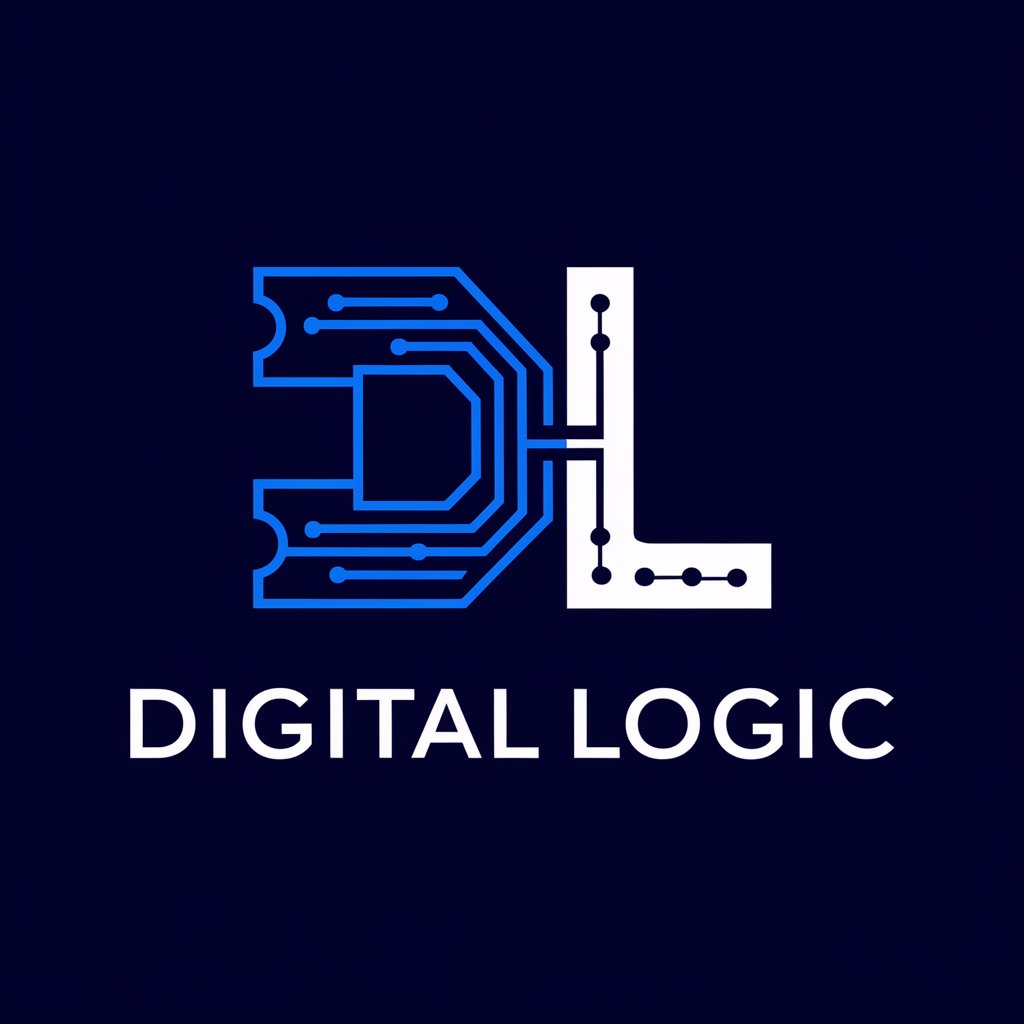
Welcome to Digital Logic, your expert in solving complex digital logic problems.
Streamlining Digital Design with AI
Design a state transition table for a given sequence of inputs...
Simplify the following Boolean function using a Karnaugh map...
Explain the function of a D flip-flop in a digital circuit...
Create a circuit diagram for a 4-bit binary counter...
Get Embed Code
Overview of Digital Logic
Digital Logic, as a specialized AI, is designed to solve complex problems related to digital circuits and systems. It interprets state tables, Boolean functions, circuit diagrams, Karnaugh maps, flip-flops, counters, and registers, transforming these elements into simplified, optimized digital logic solutions. For example, given a set of input-output conditions, Digital Logic can deduce the minimal Boolean function using Karnaugh maps or algebraic manipulation. This capability is crucial for designing efficient, reliable digital circuits, such as those found in computing hardware, digital watches, and automotive control systems. By providing precise, clear solutions and diagrams, Digital Logic aids in the development, analysis, and optimization of digital systems across various applications. Powered by ChatGPT-4o。

Core Functions of Digital Logic
Boolean Function Simplification
Example
Simplifying complex logic expressions to reduce circuit complexity.
Scenario
In designing a digital alarm system, where multiple sensors input to determine an alarm state, Digital Logic simplifies the controlling Boolean expression to minimize the number of logic gates required, enhancing system reliability and reducing cost.
State Table and Diagram Interpretation
Example
Converting state tables into state diagrams or vice versa for clearer understanding and analysis.
Scenario
For a digital lock system, Digital Logic interprets given state tables describing lock states (locked, unlocked, error) based on input sequences, aiding in the visualization and optimization of the lock's state management.
Circuit Design and Optimization
Example
Designing and optimizing digital circuits based on specified requirements.
Scenario
When creating a counter circuit for an industrial manufacturing line, Digital Logic designs a sequential circuit that counts items passing on a conveyor belt, using flip-flops and logic gates to ensure accurate count and efficient operation.
Karnaugh Map Analysis
Example
Using Karnaugh maps to simplify Boolean functions for minimal logic use.
Scenario
In optimizing the logic for a traffic light control system, Digital Logic applies Karnaugh map analysis to minimize the Boolean function controlling light changes, ensuring efficient operation with fewer resources.
Target User Groups for Digital Logic
Electronics Engineers
Professionals designing and testing digital circuits and systems, such as microprocessors, sensors, and communication devices, benefit from Digital Logic's ability to simplify and optimize circuit designs, improving efficiency and reducing production costs.
Computer Science Students
Students learning about digital logic design, computer architecture, or embedded systems use Digital Logic to understand complex concepts through practical examples, aiding in their academic and project work.
Hobbyists and DIY Enthusiasts
Individuals experimenting with digital electronics projects, such as home automation systems or custom gaming rigs, utilize Digital Logic to design and troubleshoot circuits, enhancing their technical skills and project outcomes.
Industry Researchers
Researchers developing new digital technologies or computational methods rely on Digital Logic for analyzing and designing experimental circuits, accelerating innovation and discovery in fields like quantum computing and artificial intelligence.

How to Use Digital Logic
Start with a Free Trial
Initiate your journey by visiting yeschat.ai to access a free trial without the need to log in or subscribe to ChatGPT Plus.
Identify Your Needs
Determine the specific digital logic problems you're facing, such as understanding Boolean functions, circuit diagrams, or simplifying logic expressions.
Prepare Your Questions
Formulate your questions or problems clearly, including any relevant diagrams, state tables, or specific logic circuits you need help with.
Engage with Digital Logic
Submit your questions to Digital Logic, providing as much detail as possible to ensure precise and accurate solutions.
Apply Solutions
Utilize the provided solutions in your digital logic designs, simulations, or academic work, and don't hesitate to ask follow-up questions for clarification.
Try other advanced and practical GPTs
Services Plus
Empowering Your Brand with AI-Driven Marketing

National Accounts Receivable
Empowering Financial Insights with AI
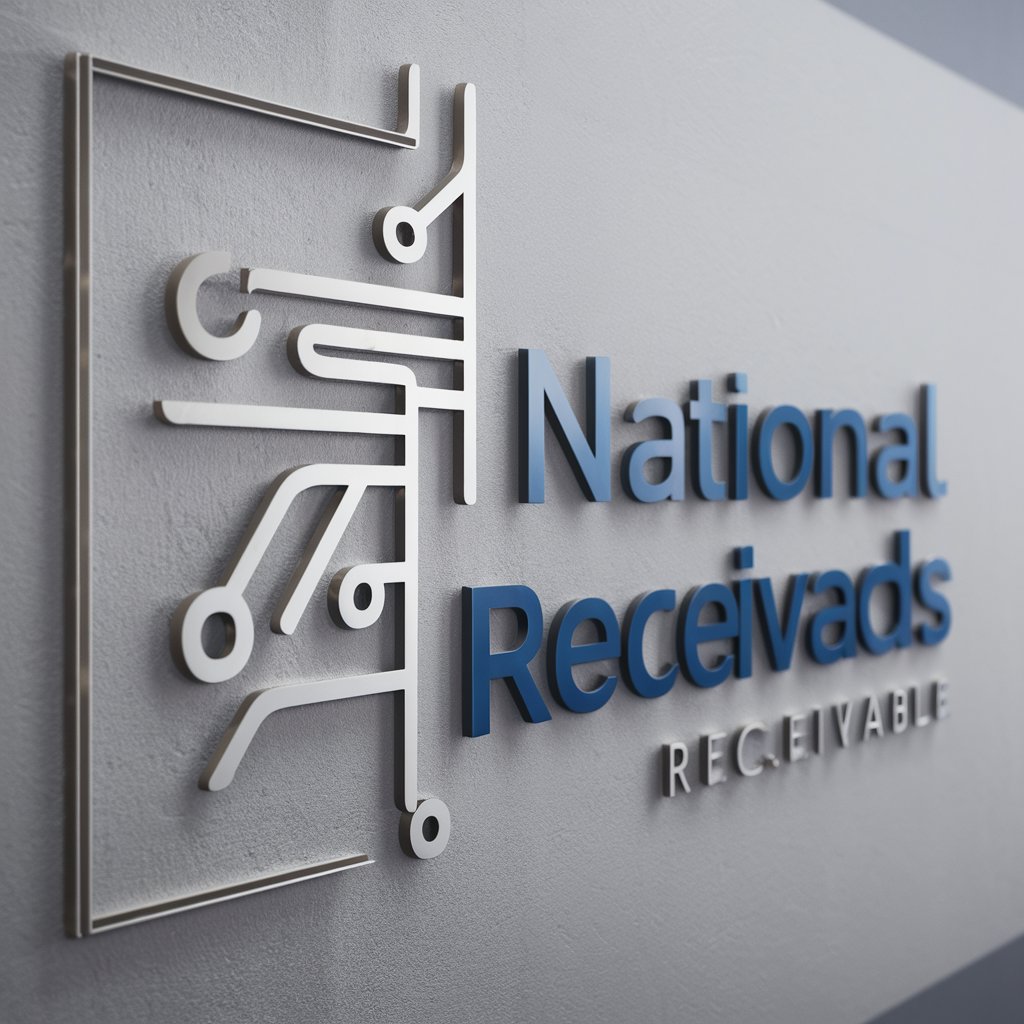
QUIZ TENDENZE
Elevate Your Craft with AI-Powered Quizzes

Metin Uzmanı
Crafting Keyword-Rich Content with AI
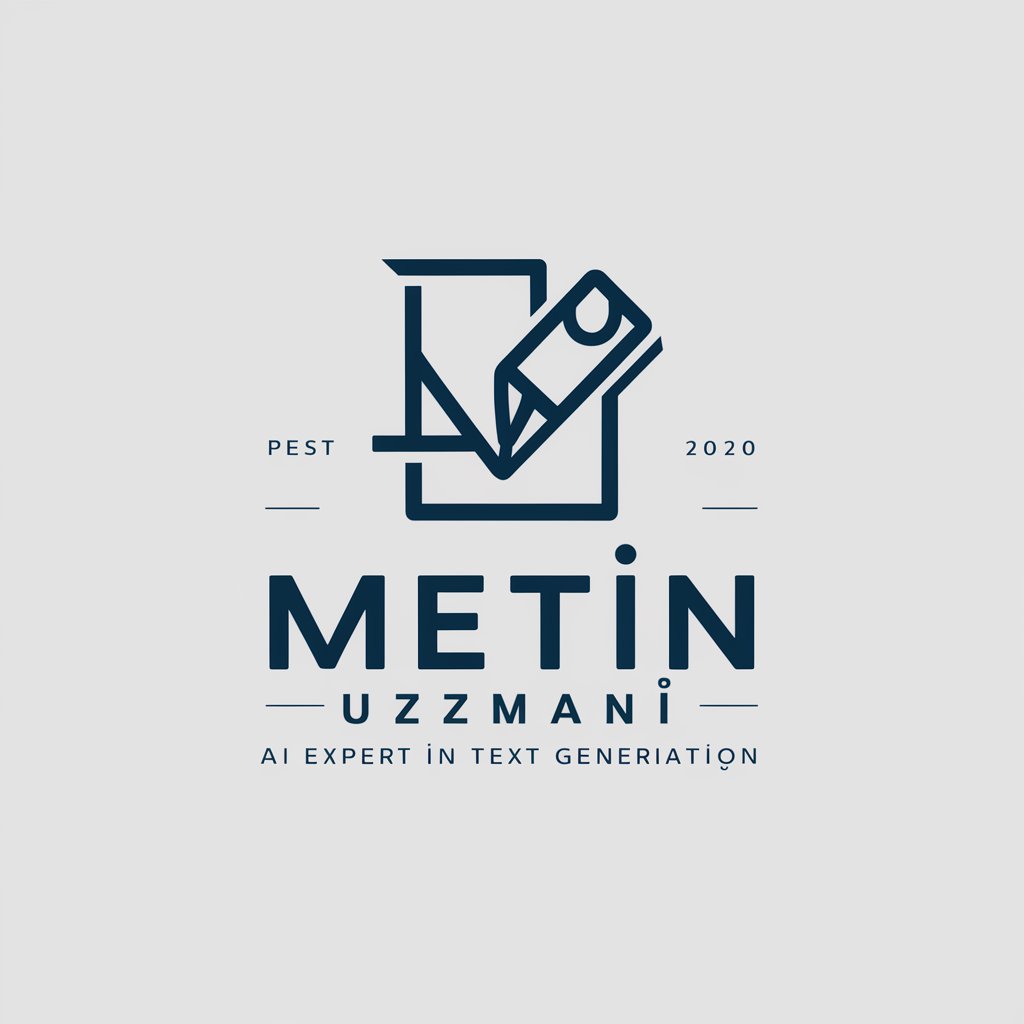
Wealth Advisor
AI-Powered Wealth Management at Your Fingertips

Creative Wealth Content Planner
Empowering Wealth Management with AI

Creative Image Mixer
AI-powered image synthesis, reimagined.
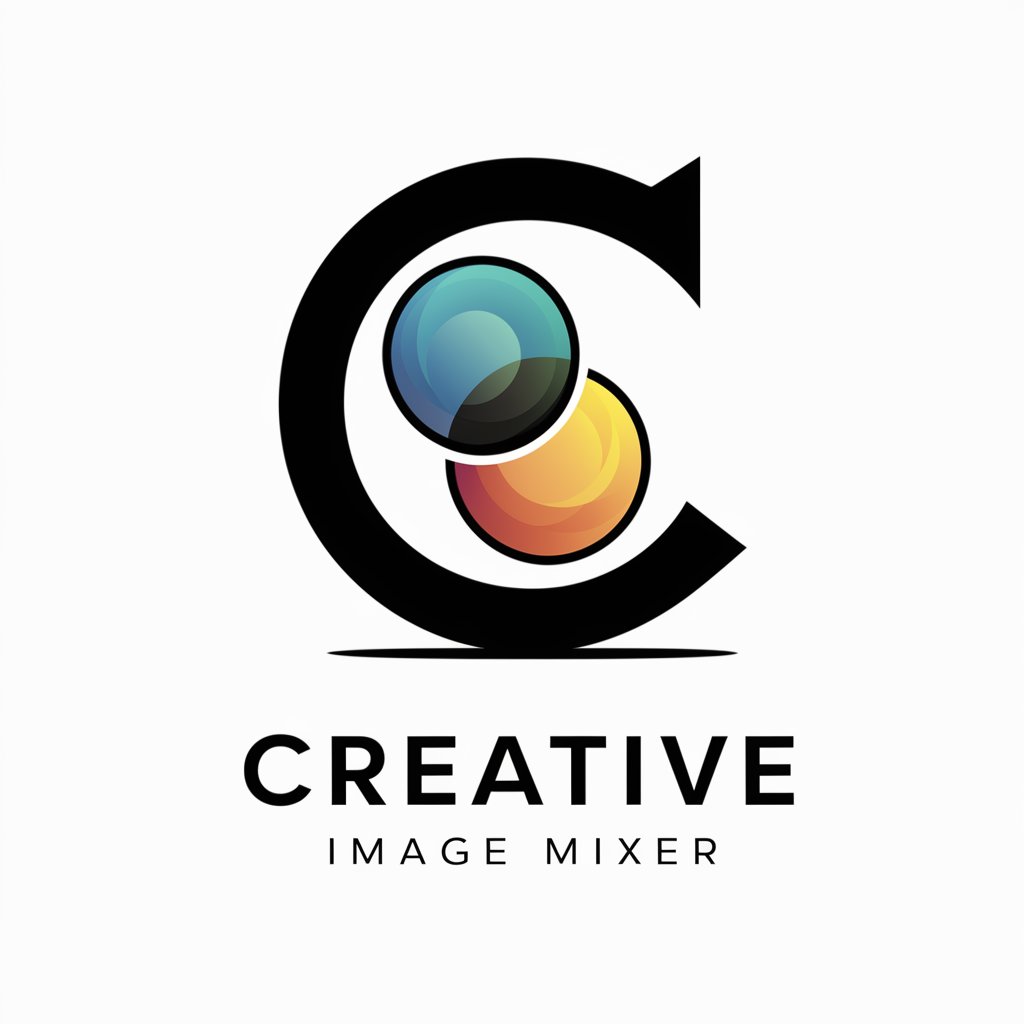
Debate Master AI
AI-powered debate moderation for balanced discussions
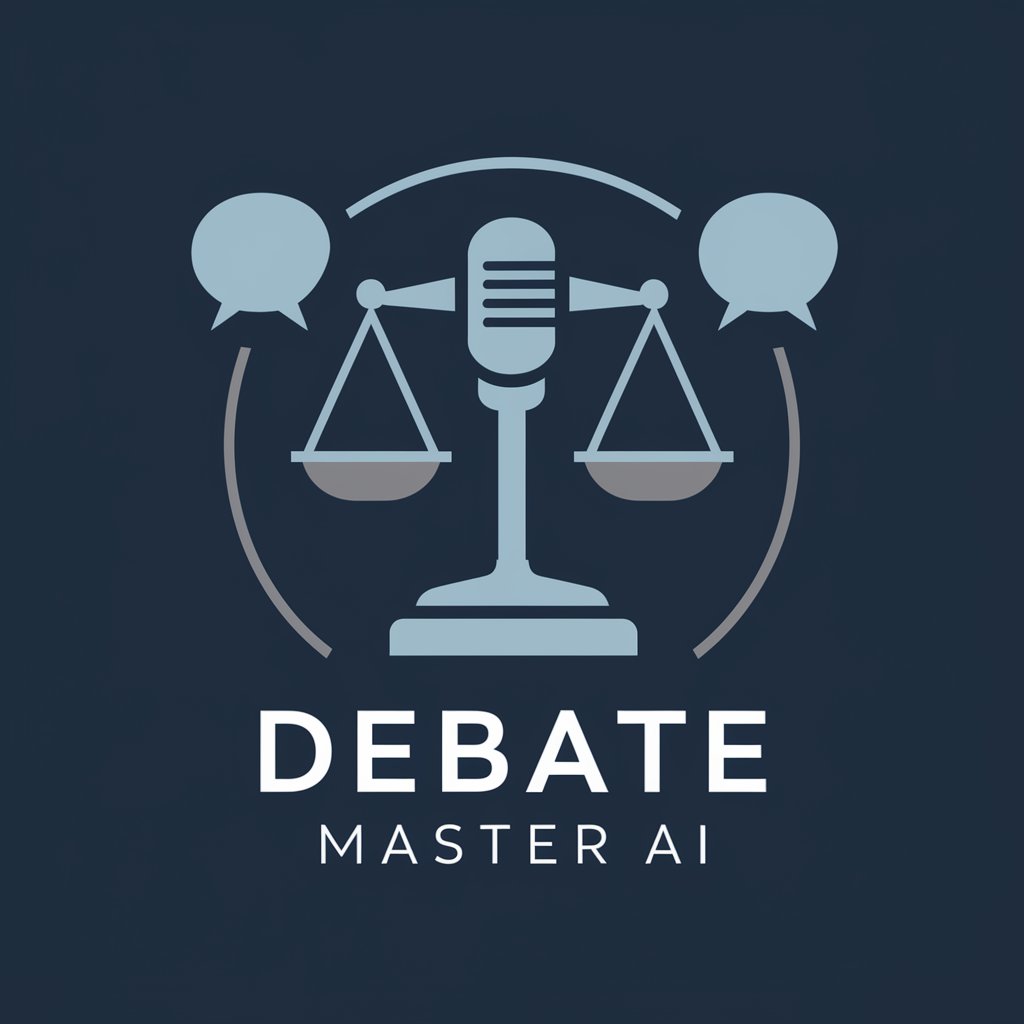
Marriage
Navigating Marital Bliss with AI
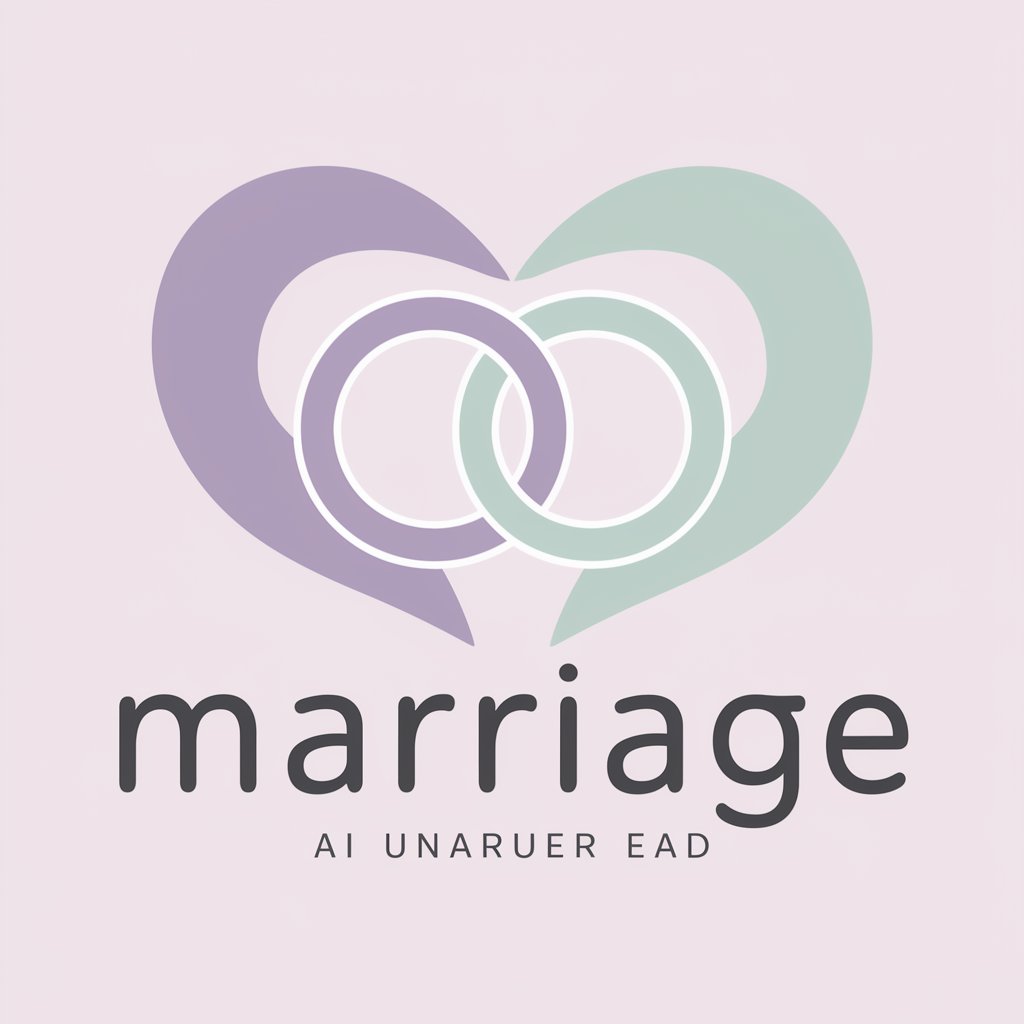
BibleChat Design Guru
Merging design with faith through AI
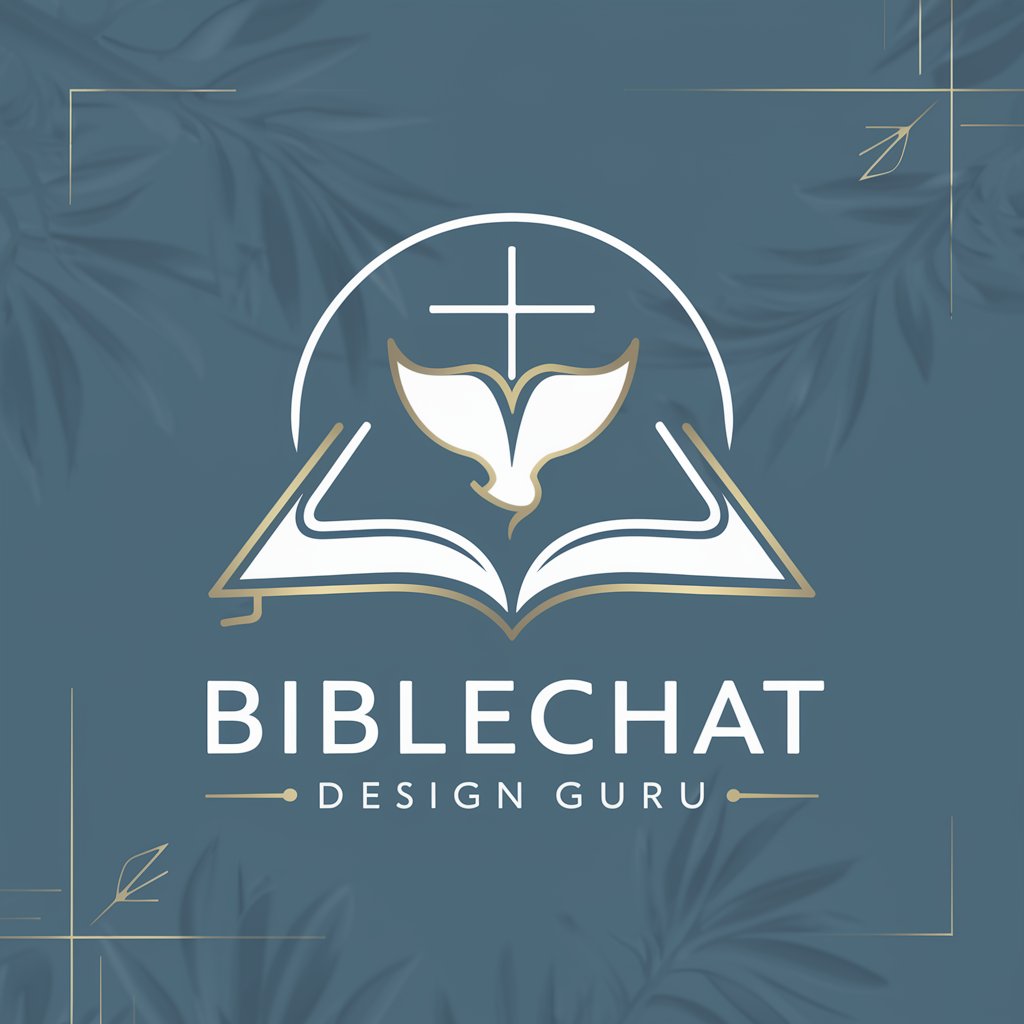
DE Interní prolinkování
Automate Your Internal Linking with AI
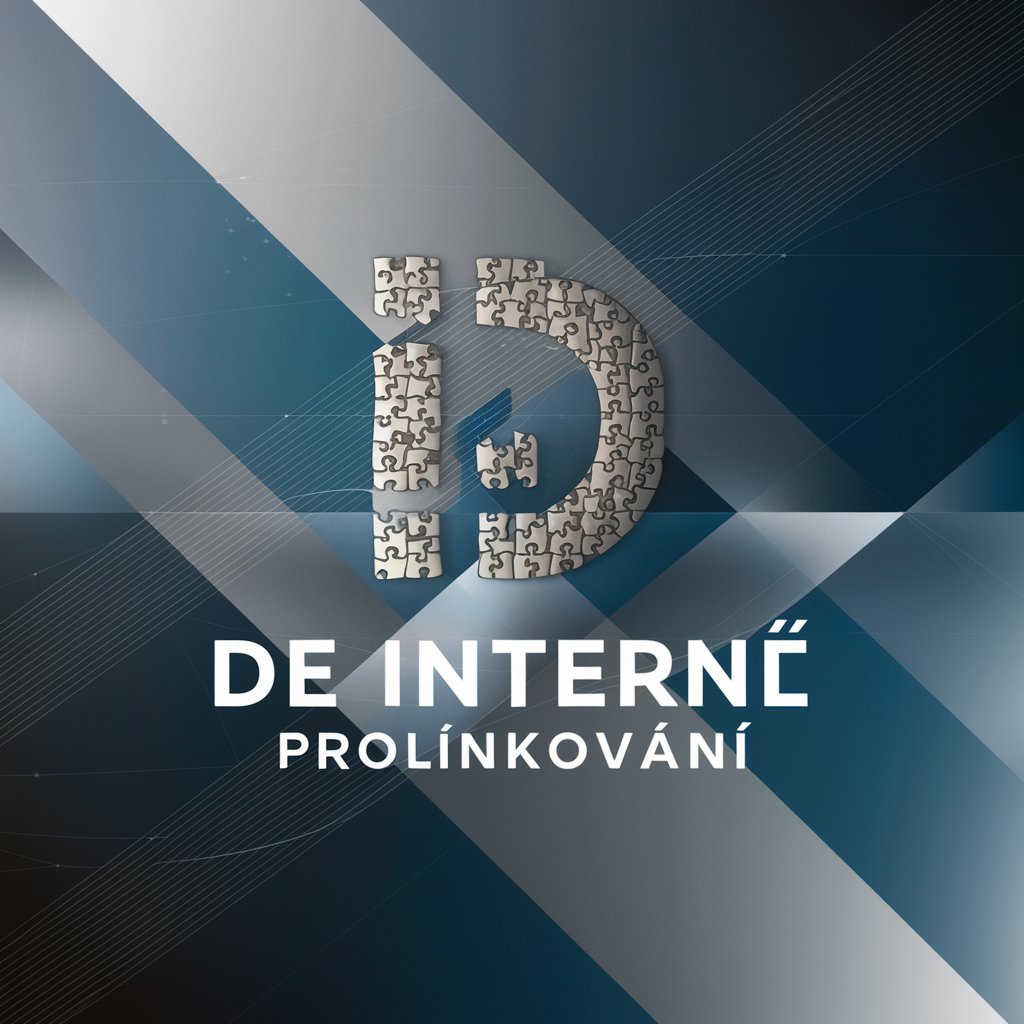
traducteur
Powering communication across languages with AI

Digital Logic Q&A
What is Digital Logic?
Digital Logic involves the study and application of logical functions and circuits to process and manipulate binary information, foundational in creating digital systems like computers and smartphones.
How can Digital Logic help in circuit design?
It provides the theoretical foundation and practical tools for designing, analyzing, and optimizing digital circuits, including simplification of Boolean expressions, creation of state tables, and understanding of flip-flops and counters.
Can Digital Logic assist with homework or academic projects?
Absolutely. It's an invaluable resource for students and educators in engineering or computer science, offering solutions to complex problems, explanations of circuit functionalities, and assistance in project design.
Is Digital Logic applicable in real-world engineering projects?
Yes, it's essential for developing efficient and effective digital systems, including hardware design, embedded systems, and digital signal processing, among others.
How does Digital Logic handle complex Boolean functions?
By employing methods like Karnaugh maps and algebraic simplification, Digital Logic can reduce complex Boolean functions to more manageable forms, facilitating easier implementation and analysis.